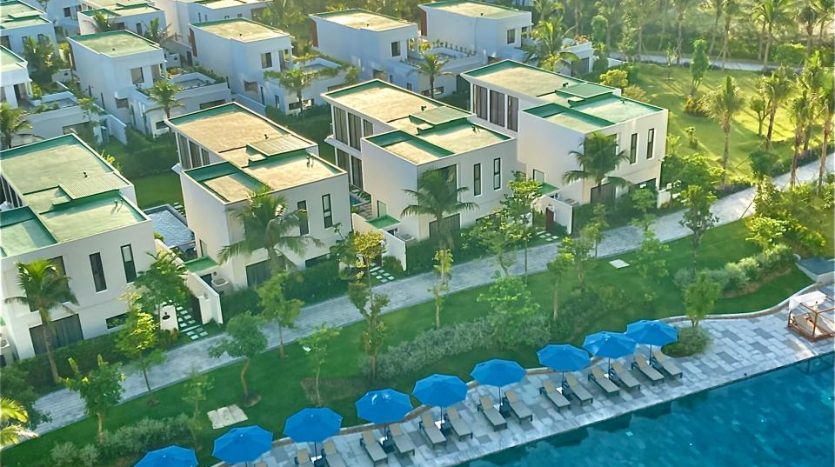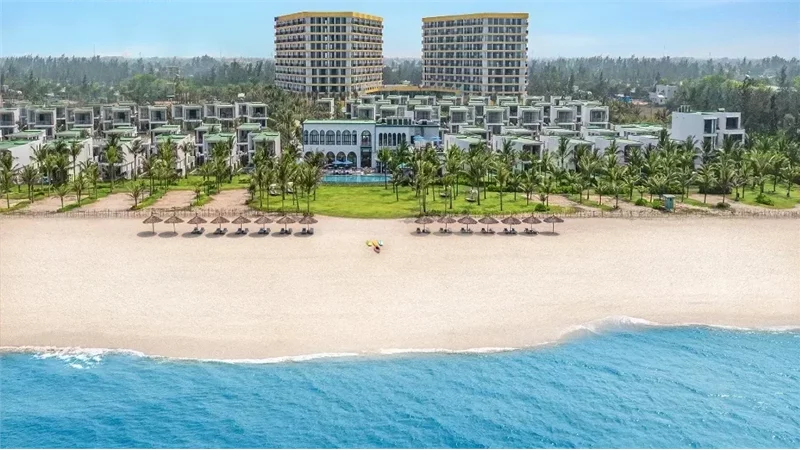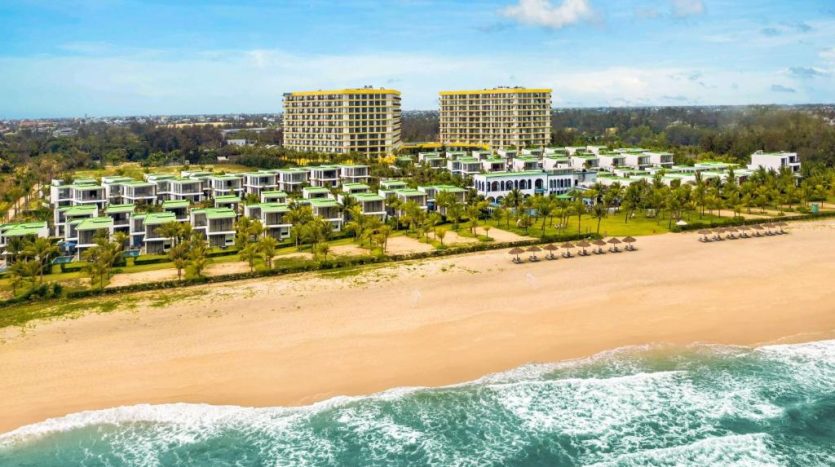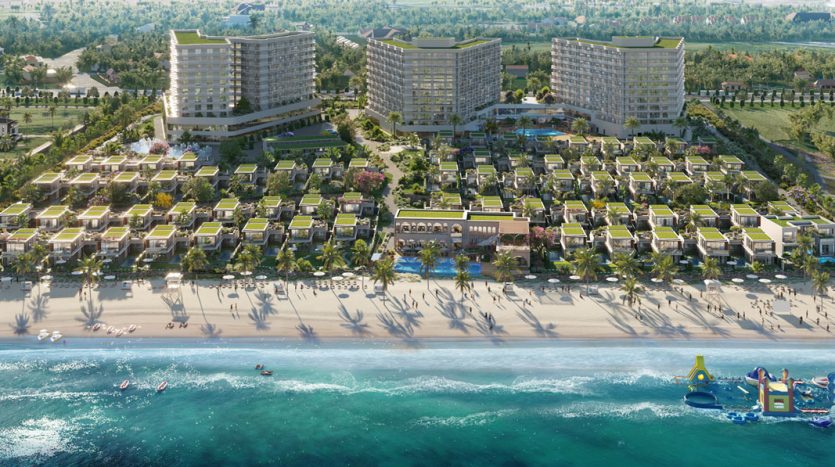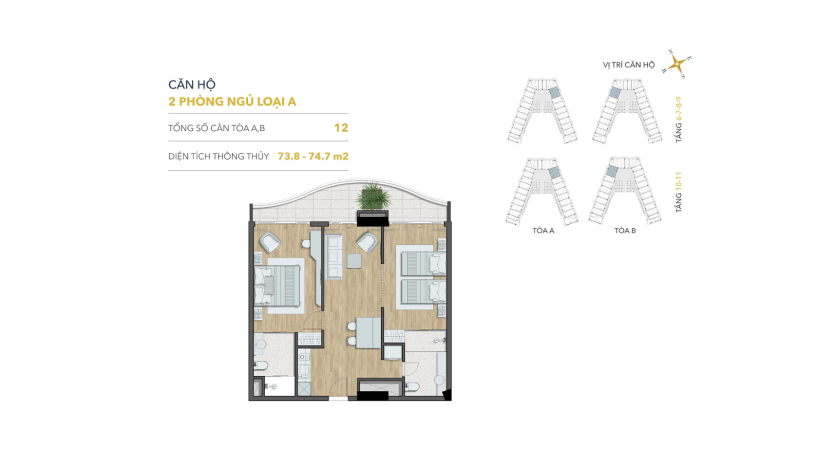Beachfront Real Estate Market Faces Ongoing Struggles in 2024
The current state of the beachfront real estate market reveals a troubling environment, marked by a 22% decline in transaction volumes and a pervasive lack of demand across various property types. Recent data shows an influx of over 2,180 new beachfront condos juxtaposed with stagnant sales in shophouses and beachfront properties, raising concerns about investor confidence amid economic uncertainties. High inventory levels, particularly within the luxury segment, exacerbate the situation, leaving market participants to ponder the implications of these trends. As the market grapples with these challenges, questions arise about the potential paths forward and the underlying factors at play.
Table of Contents
Current Market Conditions
The current market conditions in the beachfront real estate sector are characterized by a significant downturn, highlighting ongoing challenges for both buyers and sellers.
According to the August report by DKRA Group, there are 2,180 new beachfront condos available for sale, reflecting a slight supply increase of less than 5% compared to the same period in 2023.
However, transaction volume has sharply declined, dropping 22% from July, with only 25 units sold. Demand remains weak, indicating no signs of recovery in the near future.
The lack of successful transactions, particularly in niche segments, further exacerbates the situation, leaving many potential buyers and sellers feeling uncertain and hesitant in navigating this challenging environment.
Performance by Property Type
Various property types are experiencing distinct levels of performance amid the current market downturn.
The challenges within the beachfront real estate sector are reflected in the following trends:
Shophouses: No successful transactions recorded, indicating stagnant market conditions.
Beachfront Properties: A total of 2,907 units listed, but demand remains weak.
Condotels: Recorded 192 transactions; however, the sales rate plummeted to just 4%, a 53% decrease from the previous month.
Secondary Market Prices: Experienced declines ranging from 15-20%, despite overall property prices remaining stable.
These performance metrics highlight the varying impacts of the downturn across different beachfront property types, emphasizing areas of concern for investors and stakeholders in the beachfront real estate market.
Key Challenges Facing the Market
Amidst the ongoing challenges in the beachfront real estate market, several key factors are contributing to its struggles. New policies regarding taxes and interest rates have failed to promote market recovery, causing significant price drops in certain segments, with reductions of up to 40%.
Additionally, the lack of clarity in legal structures for beachfront property types, such as condotels and shophouses, further complicates transactions and investor decision-making. Investor confidence has plummeted due to economic uncertainties, while supply chain issues and construction delays exacerbate market instability.
Moreover, stagnant demand and high inventory levels, particularly of luxury properties, create an environment where recovery seems increasingly elusive, leaving stakeholders concerned about the future viability of their investments.
Predictions for the Future
As market participants grapple with ongoing challenges, experts anticipate that the beachfront real estate sector will continue to face headwinds through the remainder of the year.
Key predictions include:
Sustained Weak Demand: The demand for beachfront properties is likely to remain subdued, limiting transaction volumes.
High Inventory Levels: An oversupply of luxury properties may further constrain market growth and price appreciation.
Regulatory Complications: New regulations could impede recovery efforts, adding layers of complexity for investors and developers.
Focus on High-Rise Developments: Expect a shift towards high-rise projects, with pricing staying below 5 billion VND as developers adapt to current market conditions.
Economic Effects of the Downturn
The ongoing downturn in the beachfront real estate market is exerting significant economic pressures, affecting both investor sentiment and overall market stability.
This decline has led to a marked decrease in transaction volumes, with sales plummeting by 22% in recent months. Consequently, rental yields are threatened, diminishing the attractiveness of beachfront real estate investments.
Additionally, supply chain disruptions and construction delays further exacerbate market volatility, hindering the ability to satisfy existing demand.
Investor confidence remains low, compounded by unclear legal structures and new tax policies that fail to stimulate recovery.
The reliance on foreign capital becomes essential for revitalization, as long-term recovery hinges on restoring market trust and implementing regulatory improvements to encourage a more stable environment for investment.
To summarize, the beachfront real estate market is experiencing substantial challenges, characterized by declining transaction volumes, weak demand, and high inventory levels, particularly in luxury segments. The lack of investor confidence, compounded by economic uncertainties and ambiguous legal structures, exacerbates the situation. Moving forward, addressing these key challenges will be essential for revitalizing the market. Without significant intervention and stabilization, recovery prospects remain bleak, leaving the market in a precarious and uncertain position.





